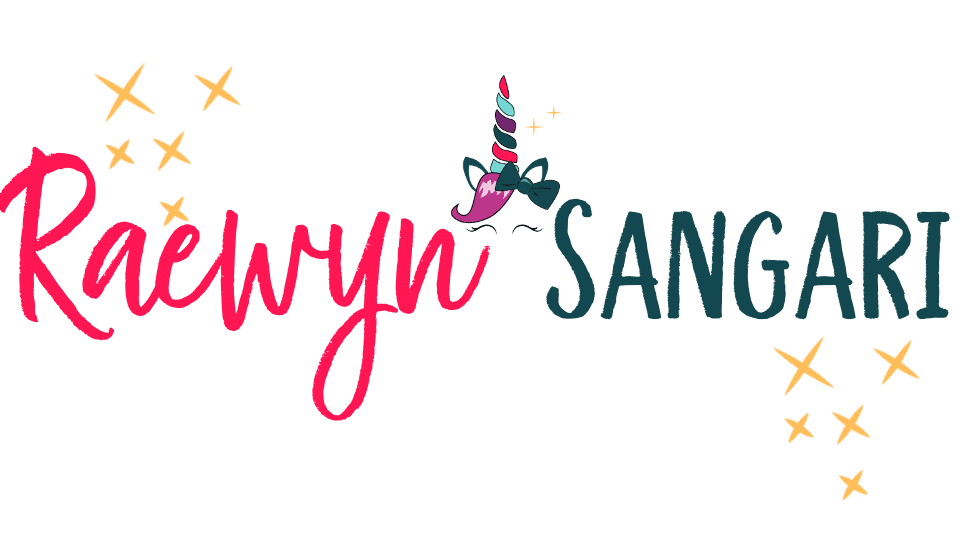With so much content out there, how do you make sure yours stands out? Crafting an engaging content marketing plan for the next 100 days that connects with your audience and converts into customers can be a daunting task. But it isn’t impossible! In this article, we’ll provide you with all the tips and tricks you need to create a 100-day content marketing plan that will deliver results.
The Benefits of a 100 Days of Content Marketing Plan
If you’re like most business owners, you understand the importance of content marketing. But crafting an effective strategy can be a challenge. That’s why we’ve put together this guide to help you create a 100-day content plan that will engage your audience and convert leads into customers.
This isn’t 100 POSTS, but 100-days. This is the perfect approach for posting 3-5 times per week, or even once a week if that’s all you can manage. Consistency is key here, and we’re focusing on batching your creation so that you have a month’s worth of posts ready to go at all times.
This 100 Days of Content focus is quality over quantity. You will create fewer, but more in-depth pieces that really speak to your audience’s needs. If you want to know more about the benefits of long-form content, read this blog post.
Here are some of the benefits of creating 100 days of content:
- It forces you to be consistent. Consistency is key. By creating a plan for 100 days of content, you’re ensuring that you’ll have posts no matter what life events crop up in the next 100 days. This will keep your audience engaged and coming back for more.
- It gives you time to experiment. With 100 days of content, you have the opportunity to try out different types of content and see what works best for your business and your audience. You can also use this time to test different strategies and tactics to see what converts leads into customers best.
- It helps you build authority. As you publish high-quality, engaging content over time, you’ll start to build authority in your industry. This will help attract new readers and customers, as well as establish your brand as a thought leader in your space.
- It provides valuable resources for your audience. By creating helpful, informative, or entertaining articles, posts and videos, you’re giving your audience something valuable that they can use or enjoy. This not only helps build relationships with them, but also shows that you care about their needs and interests.
With this, you’ll have a strategic approach to content marketing that will help engage your audience, build authority in your industry, and ultimately convert leads into customers. So why not give it a try?
How to Plan Your Content
There’s no one-size-fits-all answer to how much you should create or what will work best for your business. The key is to start with a plan that takes into account your goals, budget, and audience.
Check out my Roadmap to Unicorn Content to plan using the actual format my clients use during our content mapping sessions. My system starts both by looking at a birds eye view of your goals for the year and working backwards to get from your social posts to the sale.
Types Of Content To Use
There are many different types of content that you can use in your marketing plan. The best way to determine which type of content will work best for your business is to experiment with different types and see what resonates with your audience.
-Blog Posts: Blogging is a great way to share your expert insights and connect with potential customers. Try to post new blog articles on a regular basis to keep your readers engaged.
-Videos: Videos are a great way to showcase your products or services in an engaging way. You can post how-to videos, product demonstrations, or customer testimonials.
-Images: An image can often tell a story better than words alone. Share infographics, photos, or graphs to break up text and add visual interest to your site.
-Podcasts: Podcasts are a great way to reach a wider audience. You can interview experts in your industry or discuss current news and trends related to your business.
No matter what you choose as your main form of content, it’s always important to bring it back into a written form on your website. This is where the SEO and content marketing magic happens.
Strategies For Increasing Engagement
So what’s the best way to ensure that your content is engaging and converts?
First, you need to KNOW your Target Audience
Before you can create engaging content, you need to understand who you’re creating it for. What are their needs and wants? What kind of language do they use? What topics are they interested in? Answering these questions will help you create content that’s more likely to resonate with your target audience.
Second, Make It Visual.
People are visual creatures, so it’s no surprise that visuals can be incredibly effective at grabbing attention and increasing engagement. Adding images, infographics, videos, and other types of visuals can help make your content more engaging.
Third, write compelling headlines and meta descriptions. Get that SEO magic working for you. Your headlines and meta descriptions are often the first thing people see when they come across your posts, so it’s important to make them compelling enough to get people to click through. Write headlines that are clear, interesting, and benefit-focused, and craft meta descriptions that give a taste of what readers can expect from your article.
Tracking & Measuring Success
There are a number of ways to track and measure the success of your content marketing plan. Undoubtedly, you fall into one of two camps. Either you are a numbers person who tracks all the metrics or you’re like me and the numbers just slip through the cracks.
If you’re like me, you need a numbers person on your team. Here’s why: They help make sure your content is converting and nothing falls through the cracks.
So while you’re bootstrappin’ it, here are a few key metrics to keep an eye on:
-Website traffic: This is a good indicator of how well your content is performing. Keep track of the number of visitors to your site, as well as where they’re coming from (e.g., organic search, social media, referrals, etc.).
-Engagement: Another important metric to track is engagement, which refers to how often users interact with your content. This could include things like comments, shares, likes, and other forms of feedback.
-Conversions: Ultimately, you want your content to lead to conversions (i.e., sales or leads). Track how many people take the desired action after consuming your content.
By tracking these key metrics, you’ll be able to see what’s working and what’s not, and make necessary adjustments to your content marketing plan accordingly.
Crafting a content marketing plan that is both engaging and effective isn’t easy, but with the right tools and strategies you can create a successful plan that will drive conversions. By thoroughly researching your target audience, creating an organized schedule of posts, leveraging visuals to capture attention, utilizing social media to boost reach and optimizing for SEO keywords, you have the power to generate 100 days of content that will engage your customers and encourage them to take action. With this guide in hand, it’s time to get started on crafting your own winning content marketing plan!



Thanks for a great post!
Do you think that readers will not get overwhelmed when they see your posts 3-5 times per week? I heard that you should post once a week. I’d like to read your opinion on frequency of posting.
Great question! It depends on your audience and content type for sure! Let me know if you want me to give specifics for your business 🙂